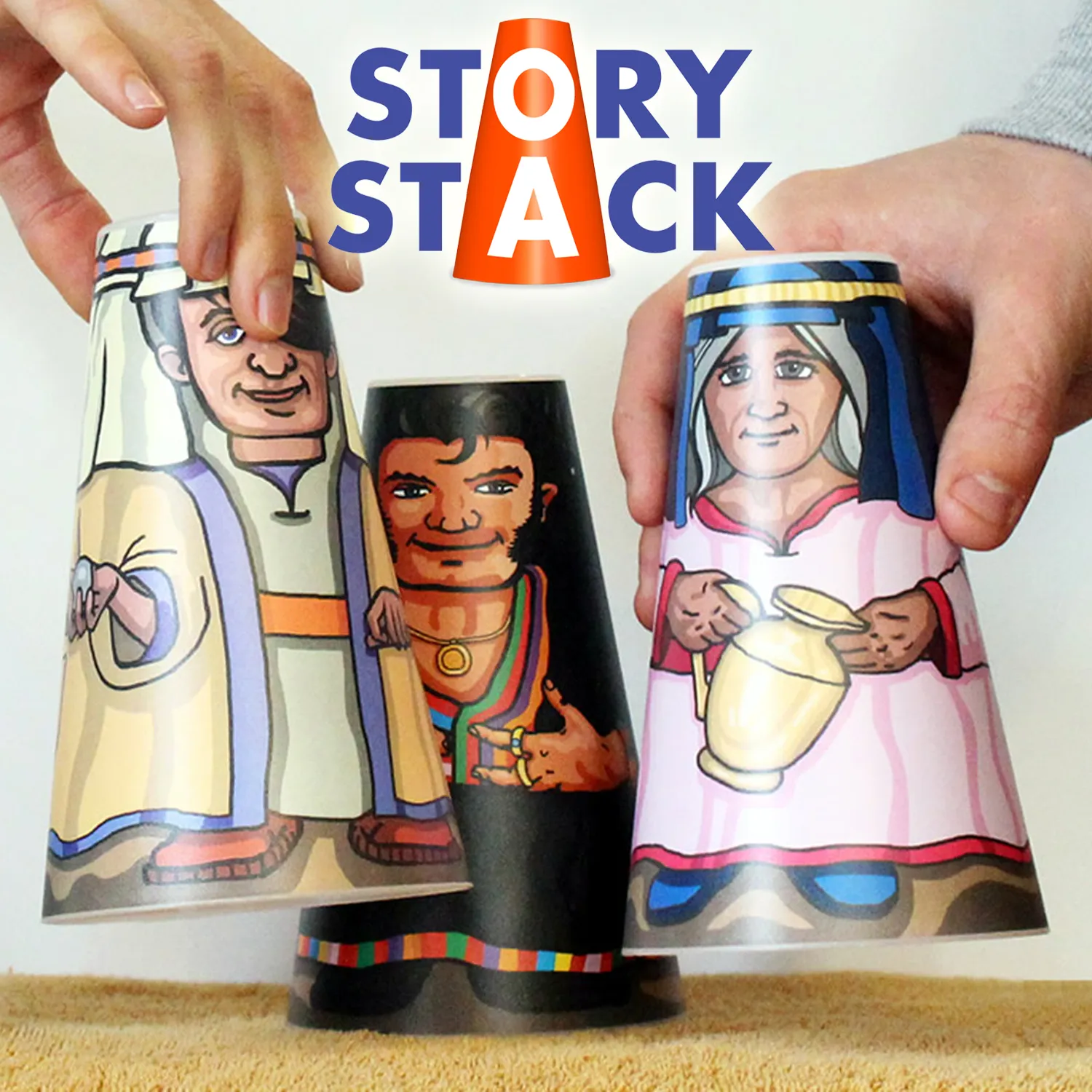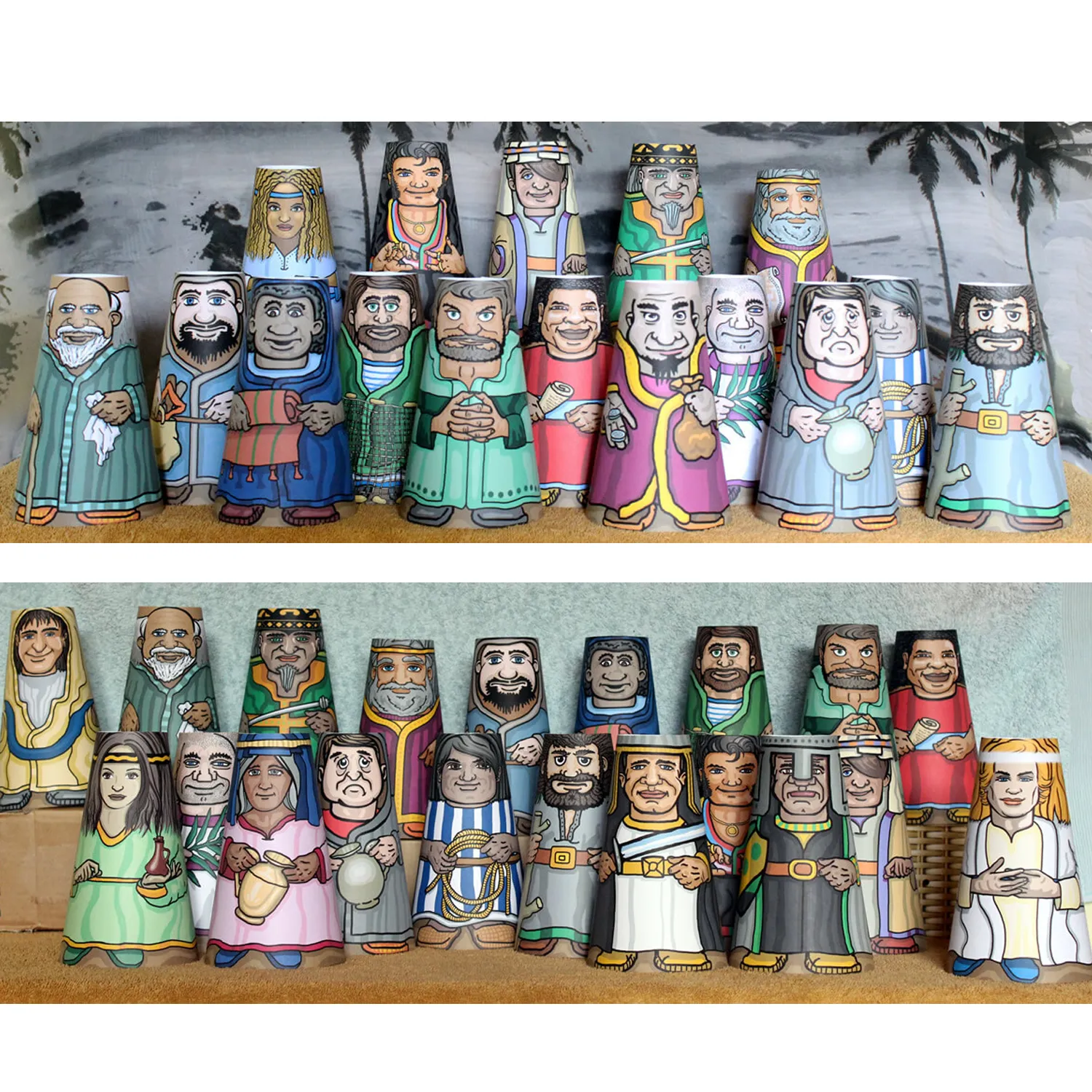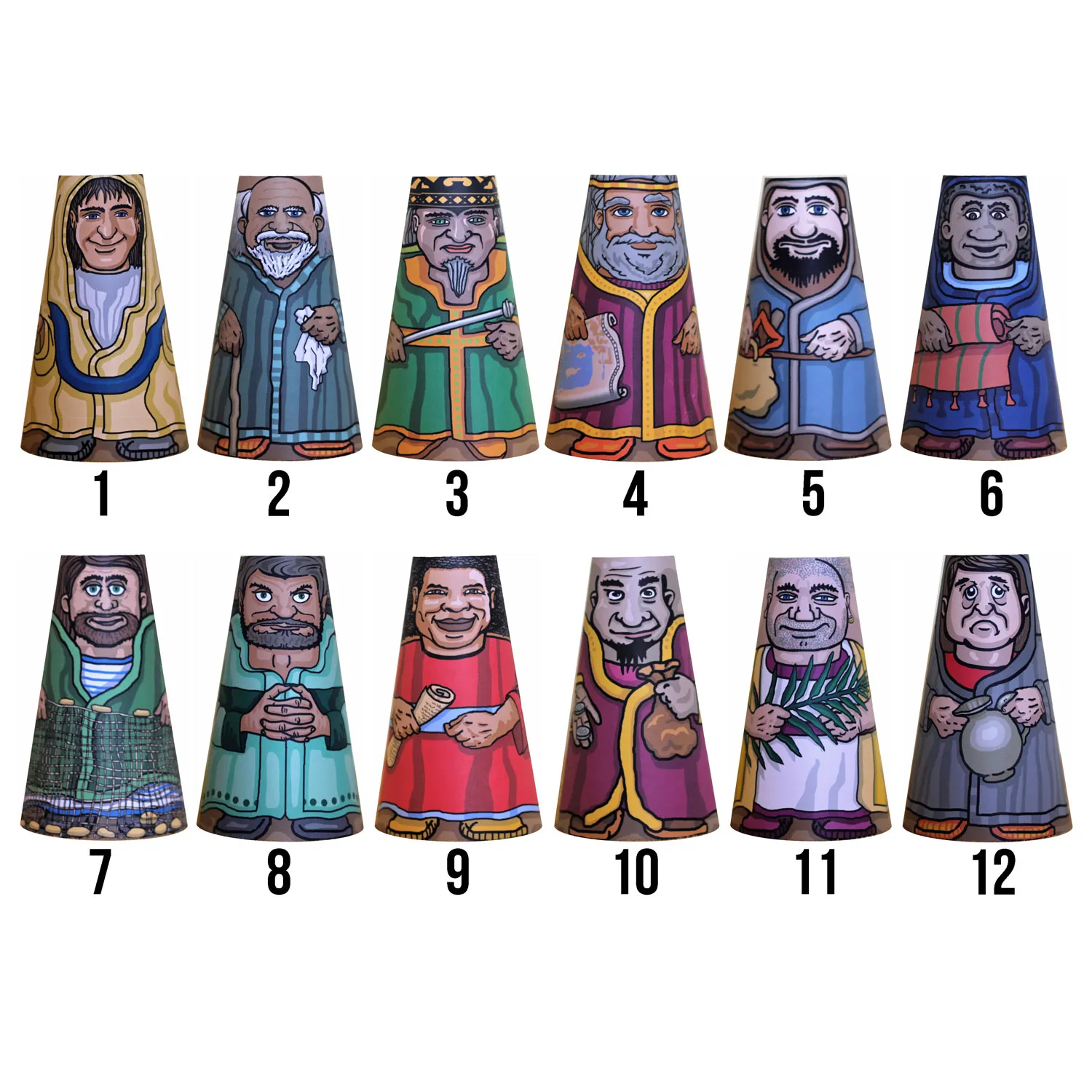Do you want to add depth and richness to your storytelling? Incorporating biblical characters into your narratives can be a powerful way to engage your audience and convey powerful messages. Whether you’re writing a novel, screenplay, or simply telling a captivating story around a campfire, the timeless figures from the Bible can provide a wealth of inspiration and intrigue. From the faith-driven journey of Noah to the awe-inspiring strength of Samson, this article explores the top ways you can seamlessly weave biblical characters into your storytelling, creating a truly captivating experience for your audience.

Research Biblical Characters
To effectively incorporate biblical characters into storytelling, it is crucial to first conduct thorough research. Start by reading the Bible itself, immersing yourself in the original text and gaining a deep understanding of the stories and characters. This will allow you to engage directly with the source material, helping you to identify key themes, events, and character traits that can be used in your own storytelling.
In addition to reading the Bible, studying commentaries and interpretations can provide valuable insights and perspectives. Commentaries offer scholarly analysis and explanations of the biblical text, helping you to uncover hidden meanings and nuances. By exploring different interpretations, you can broaden your understanding of the characters and their significance, enabling you to incorporate their stories into your own in a meaningful and authentic way.
Beyond textual research, it can also be beneficial to explore how biblical characters have been depicted in art and literature throughout history. This can provide inspiration for your own storytelling and give you a visual reference point for character design and representation. Examining how these characters have been portrayed across various mediums can spark new ideas and give you a fresh perspective on their personalities and roles.
Understand the Context and Message
To effectively incorporate biblical characters into storytelling, it is essential to understand the context and message of the original stories. Identifying the purpose of the story will give you insight into the overarching themes and central messages that you can incorporate into your own narrative.
Consider the historical and cultural context in which the biblical stories were written. This will help you understand the societal norms, customs, and beliefs that shaped the characters’ motivations and actions. By immersing yourself in the historical backdrop, you can ensure that your portrayal of the characters remains true to their original context while still making them relatable to modern audiences.
Grasping the message or lesson that the original story intends to convey is crucial when incorporating biblical characters into storytelling. Ask yourself what moral, spiritual, or philosophical concepts the story seeks to impart. Knowing the core message will guide your storytelling choices and enable you to integrate these lessons into your own narrative in a thoughtful and meaningful way.
Create Compelling Characters
Once you have a solid understanding of the biblical characters, it’s essential to create compelling characters that will resonate with your audience. Choose characters with strong personalities who have the potential to engage readers and evoke an emotional response.
When developing these characters, it is important to explore their motivations and desires. What drives them? What are their goals and aspirations? By delving into their inner world, you can create characters that feel authentic and multidimensional.
To ensure that the characters are relatable to modern audiences, consider the timeless qualities and universal experiences that make them relevant. Despite the historical and cultural differences, human struggles, emotions, and desires remain largely unchanged. By highlighting these commonalities, you can bridge the gap between the biblical world and the present, making the characters accessible and relatable to contemporary readers.
Emphasize Character Development
One of the keys to incorporating biblical characters into storytelling is emphasizing their character development. Show their transformation and growth throughout the narrative, allowing them to evolve in response to the challenges they face.
Highlight their strengths and weaknesses. Every character, whether biblical or fictional, has their own set of strengths and weaknesses. By exploring these qualities, you can bring depth and complexity to the characters, making them more compelling and relatable to your audience.
Allow your characters to confront challenges and make choices. This will enable them to demonstrate their moral, spiritual, or emotional growth, as well as provide opportunities to reflect on the lessons and themes present in the original biblical stories.
By emphasizing character development, you can breathe new life into the biblical characters, allowing them to resonate with your audience on a deeper level.

Use Symbolism
Symbolism is a powerful tool when incorporating biblical characters into storytelling. By incorporating biblical symbols into your narrative, you can give deeper meaning to objects and actions, adding layers of depth and resonance to the story.
Explore the rich pool of biblical symbols and select those that are relevant to your narrative. For example, the dove can symbolize peace or the Holy Spirit, while the serpent can symbolize temptation or evil. By utilizing these symbols, you can evoke subtle associations and imbue your story with layers of meaning that resonate with readers.
Symbolism can also be used to represent broader biblical themes and concepts. For instance, water may symbolize baptism or purification, while light can symbolize divine presence or revelation. By integrating these symbols into your narrative, you can strengthen the connection to the biblical world and enhance the overall thematic coherence of your story.
Adapt Bible Stories
Adapting Bible stories is an excellent way to incorporate biblical characters into storytelling while introducing freshness and novelty to familiar tales. Consider retelling Bible stories in different settings or time periods to give a unique perspective on the characters and events.
By exploring different perspectives or retellings of familiar tales, you can shed new light on the characters and their experiences. This can provide a fresh interpretation of the stories, allowing readers to see biblical characters in a new and exciting way.
You can also reimagine the outcomes or expand upon existing narratives. Go beyond the boundaries of the original stories to explore what might have happened next or delve into side characters and their experiences. This creative license empowers you to breathe new life into the biblical characters, creating a captivating and engaging narrative for your audience.

Integrate Scripture
Incorporating direct quotes from the Bible is a powerful way to connect your storytelling with the biblical source material. Including these quotes can lend authenticity and credibility to your narrative.
Reference biblical passages that relate to the story you are telling. By linking your story to specific biblical verses, you can add another layer of depth and meaning to your narrative. This intertextuality can provide readers with a sense of connection to the original biblical texts and enhance their understanding and appreciation of your storytelling.
Moreover, use scriptural references to reinforce themes or ideas present in your narrative. By drawing on biblical teachings and concepts, you can align your storytelling with the moral, spiritual, or philosophical lessons woven into the original stories. This creates a harmonious and cohesive narrative that resonates with readers on multiple levels.
Explore Backstories
Lesser-known biblical characters often have limited information provided in the biblical narratives. Use your creativity to imagine backstories for these characters, filling in the gaps in their life stories.
Delve into their childhood, family, or previous experiences, imagining the events and influences that shaped them. By exploring their backstory, you can add depth and complexity to these characters, making them more relatable and interesting to readers.
Consider the historical and cultural context in which they lived and incorporate these elements into their backstories. This will not only help you maintain consistency with the biblical world but also provide insights into their motivations and actions.
By fleshing out the backstories of lesser-known characters, you can bring them to life, enriching your storytelling and giving readers a more comprehensive understanding of their journey.

Address Controversial Topics
Biblical stories often contain sensitive or controversial topics. By tackling these issues within your storytelling, you can create opportunities for thought-provoking conversations and engage readers in a meaningful way.
Offer alternative interpretations or perspectives on these sensitive issues. By presenting different viewpoints, you can stimulate dialogue and encourage readers to think critically about the themes and messages embedded in the original biblical narratives. This can foster a deeper understanding and appreciation of the complexity of these topics.
Creating opportunities for thought-provoking conversations can not only engage readers but also allow for personal reflection and growth. By addressing controversial topics with sensitivity and respect, you can challenge preconceived notions and broaden perspectives, creating a space for empathy and understanding.
Merge Biblical and Modern Storytelling
Incorporating biblical characters into contemporary settings or genres can bridge the gap between the biblical world and today’s audience. Combining the ancient with the modern allows for a fresh exploration of biblical themes and their relevance in today’s world.
Consider placing biblical characters in a modern context. This could involve portraying them in a different time period, such as the present day, or in a contemporary setting, such as a bustling city. By doing so, you can explore how biblical teachings and values intersect with modern-day challenges and experiences.
Engaging with both biblical and non-biblical audiences is another benefit of merging biblical and modern storytelling. By incorporating biblical characters into familiar narrative structures, you can attract a wider range of readers who may not be familiar with the original biblical stories. This opens up new avenues for conversation and dialogue, expanding the reach and impact of your storytelling.
In conclusion, incorporating biblical characters into storytelling requires thorough research, understanding of the context and message, and creative approaches to character development, symbolism, and adaptation. By weaving biblical characters into engaging narratives, we can bring their stories to life, make them relatable to modern audiences, and spark meaningful conversations about timeless themes and lessons. Whether retelling familiar tales or exploring lesser-known characters and backstories, incorporating biblical characters into storytelling offers a rich and rewarding path for both writers and readers.

